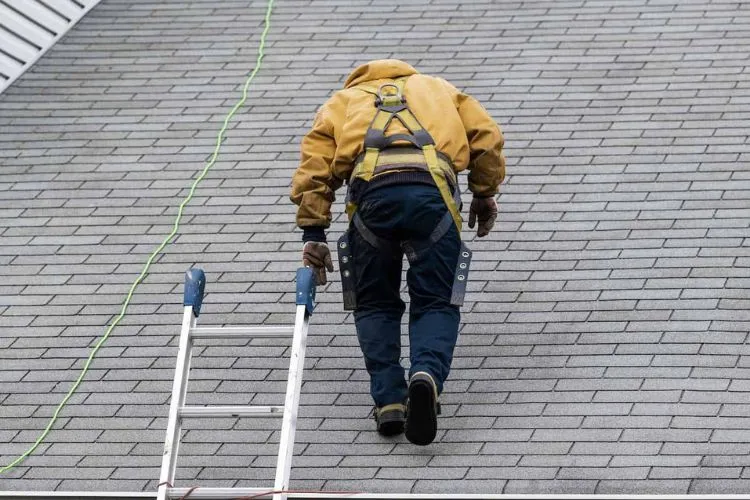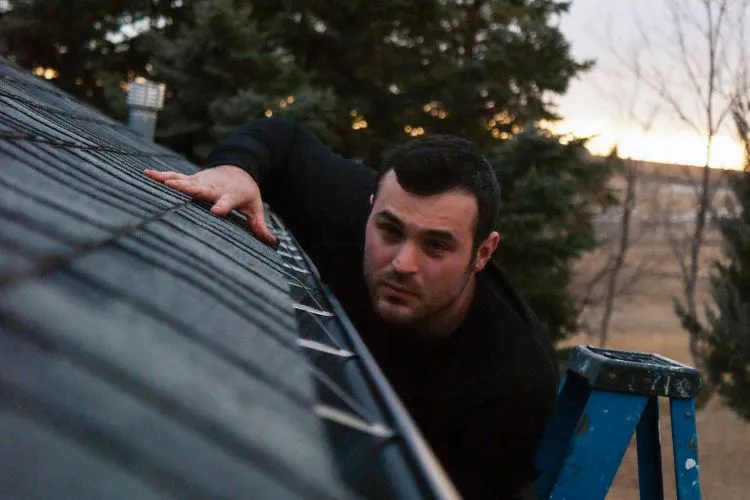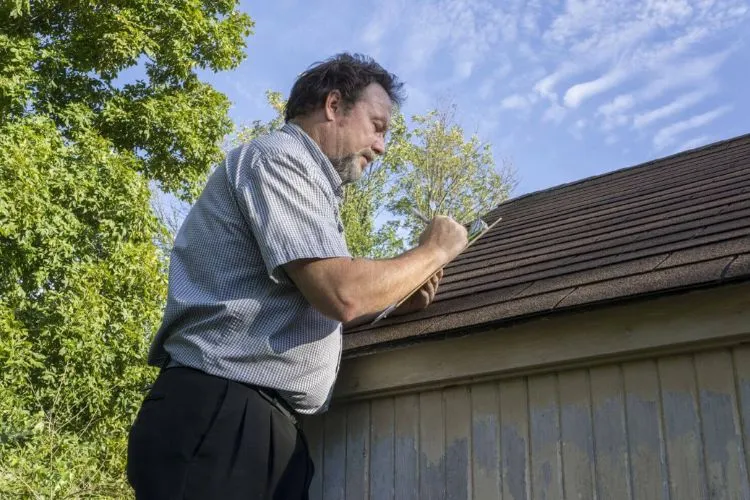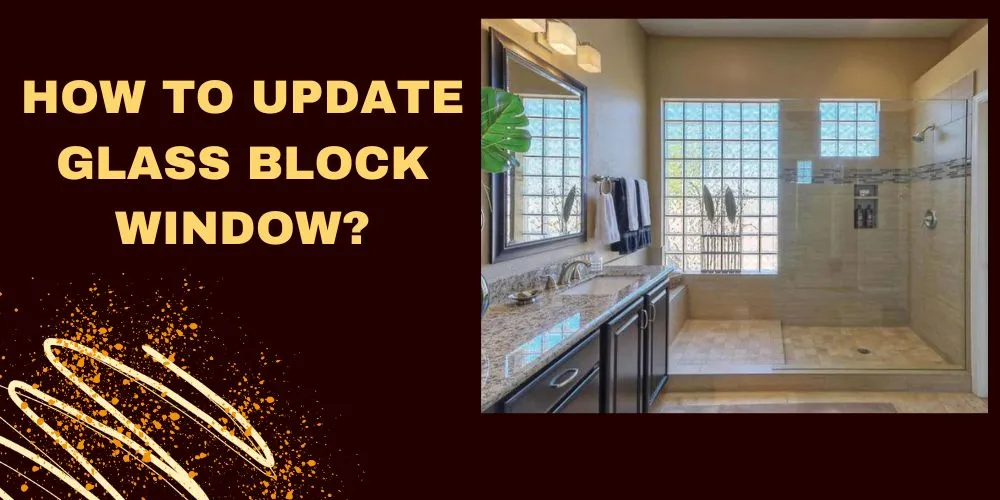A roof inspection is an essential task for homeowners. This exercise safeguards your roof’s health, ensuring it always stays in optimal condition.
But, do you know how long does a roof inspection take?
Honestly speaking, the duration of a roof inspection varies and could leave you wondering just how long it will take.
This article guides you through the process and the factors involved.

How Long Does a Roof Inspection Take? (3 Factors Impacting Duration)
A roof inspection’s duration depends on several factors, including the roof size, its complexity, and the inspector’s thoroughness. However, typically, a professional roof inspection takes about 45 minutes to several hours.
Minor inspections might be completed quickly, while more comprehensive inspections that involve checking the interior for issues related to insulation, ventilation, and moisture can take much longer.
It’s essential to allow a reasonable amount of time for a thorough inspection to ensure the roof’s longevity and the home’s safety.
Size of the Roof
Undeniably, the size of the roof plays a crucial role in determining the time it takes to inspect it. Larger roofs require more time to examine thoroughly because they have more ground to cover.
Complexity of the Roof
Another important factor is the complexity of the roof. A roof with more corners, angles, and special features, such as skylights or chimneys, will require more careful inspection.
This extra level of detail can add to the overall inspection time.
Accessibility of the Roof
Roofs that are easier to access will take less time to inspect. Obstacles may hamper access and prolong the inspection process.
Safety measures also need to be installed before an inspection can start, taking up more time in the case of roofs with difficult access.
Tools and Equipment used during Roof Inspection
Roof inspectors employ various tools that not only aid their examination but also ensure accuracy. These tools introduce a tech-driven element to the process, enabling a more thorough analysis within the inspection duration.
Among the tools used, drones have become increasingly popular in getting aerial photographs of your roof. This tool allows inspectors to view hard-to-reach areas, capture high-resolution images, and identify issues quickly and efficiently.

Moisture meters are essential devices in detecting hidden leaks or moisture pockets potentially missed in a visual inspection. They provide precise readings that reveal the health of your roofing material.
Lastly, thermal imaging cameras are used to detect temperature inconsistencies in your roof, indicating potential insulation issues or damp spots. These devices allow inspectors to see what the naked eye cannot.
Overall, the use of these technologically advanced tools contributes to a more thorough, efficient, and timely roof inspection, optimizing the process for both inspectors and homeowners.
Pro Tips for Efficient Roof Inspection
Having an understanding of the inspection process helps you plan for an efficient inspection. One expert tip is to ensure that your roof and attic are accessible to the inspector.
Removing obstacles that could hinder the inspection will help speed up the process.
Another tip is to keep a record of any past repairs or maintenance done on your roof. This information could provide valuable insights to the inspector and save time.
The Role of Weather Conditions in Scheduling a Roof Inspection
Weather plays a significant role in scheduling roof inspections. Ideal conditions for an inspection include clear skies and mild temperatures, which provide a safe environment for the inspector and an accurate assessment of the roof’s condition.
Adverse weather conditions such as rain, high winds, or even extreme heat can not only pose safety risks but also obscure critical signs of damage or wear that need to be identified.
For instance, wet conditions can hide leaks by equalizing moisture across roofing materials, while strong winds can make accessing the roof dangerous.
Consequently, inspectors often reschedule appointments to align with weather conditions that ensure the safety of personnel and the reliability of the inspection outcomes. This careful consideration of weather underscores its importance in planning and executing roof inspections efficiently.
When to Call for a Professional Roof Inspection
Professional roof inspections are critical under certain circumstances. Following severe weather events—like hailstorms, heavy snowfall, or hurricanes—having an expert evaluate your roof is wise.

Visible signs such as leaks, missing shingles, or abnormal wear demand immediate attention.
Additionally, during real estate transactions, both buyers and sellers should seek an inspection to ensure the integrity of the roof and identify any issues that might affect the property’s value or safety.
Frequently Asked Questions (FAQs)
What is the average time for a roof inspection?
The average time for a roof inspection typically ranges between two to four hours. However, these timelines may vary based on various factors such as the roof’s size, complexity, and accessibility.
How does the size of the roof impact the inspection duration?
The size of the roof directly impacts the inspection duration. Larger roofs provide more ground to cover and aspects to inspect, which can extend the inspection time.
Does weather affect roof inspection time?
Yes, adverse weather conditions can make it risky for an inspector to spend time on a roof. Therefore, they may need to conduct a more cautious and therefore slower inspection or postpone it for safety reasons.
Conclusion:
Understanding the duration of a roof inspection enhances your preparedness. While times can differ based on the size, complexity, and accessibility of your roof, you should expect, on average, this process to take between two to four hours.
By making your roof as accessible as possible, and keeping good records of its maintenance, you can help make the procedure smoother and quicker.
Remember, by investing this brief period into a roof inspection, you secure the longevity of your roof, making it a time investment well worth making.


